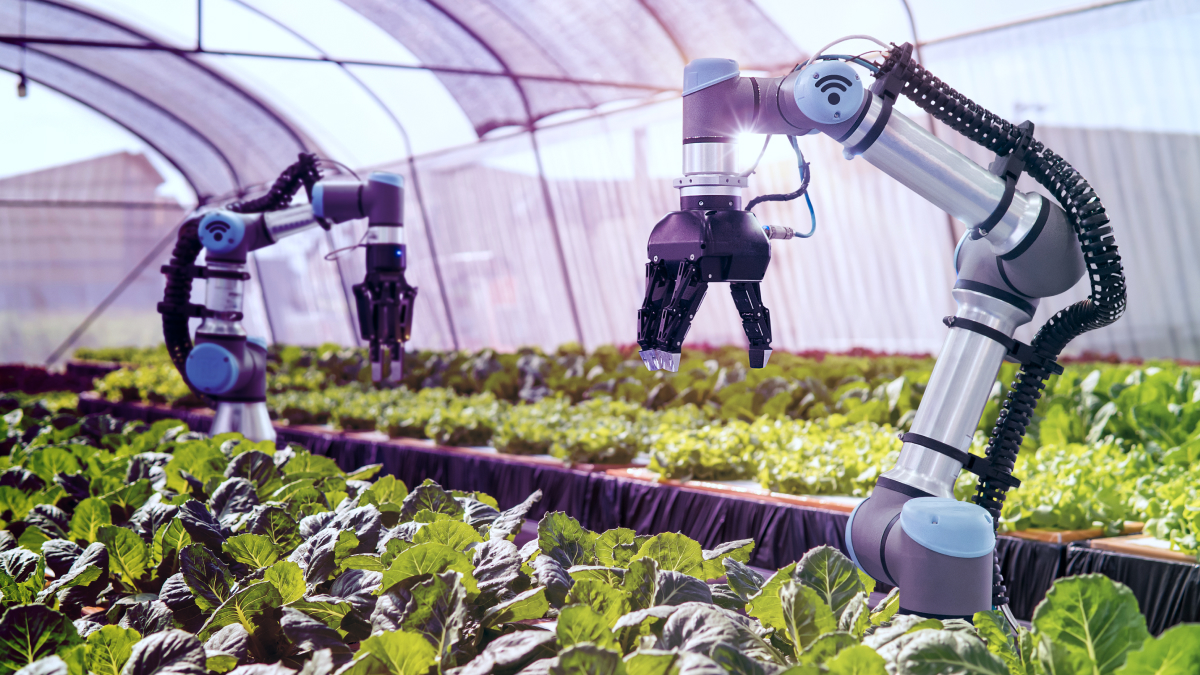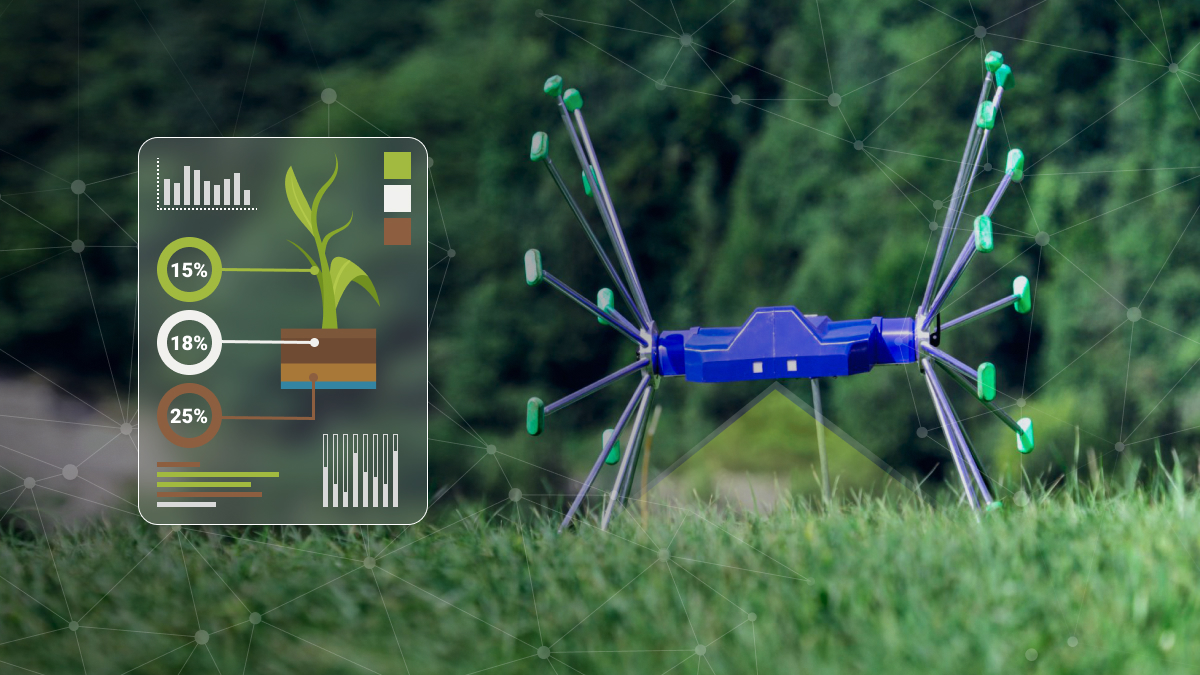AI Robots are Becoming a Growing Presence on Farms
The increasing global population and the need for higher productivity from existing farm areas are putting a lot of pressure on the agriculture industry. This is where AI powered robots can offer a lot of value to farmers and provide the needed boost in efficiency. AI robots can help farmers increase crop yield and keep farms operating at a profitable level. In this article, we will take a look at some of the cutting-edge technology used in the agriculture industry as well as the data annotation required to create them.
Monitoring Crop Growth

A lot can go wrong between the time crops are planted and when they’re harvested. They can be eaten by pests, diseases can spread through them, and weeds can proliferate, stealing resources crops need to thrive. Regular crop monitoring can help farmers catch these problems early before they lead to significant losses, but manually checking all the plants on a large farm can be time-consuming and labor-intensive. Robots that autonomously navigate fields can relieve farmers of this duty, but their tires and treads can damage crops. Satellites and drones don’t carry this risk, but because they only see plants from above, they can miss issues hidden beneath their leaves.
An interesting new AI robot navigates fields on rimless spoked wheels, which allows it to weave its way between crops without causing any damage to the plants. The robot uses two cameras to image crops from above and below. Data from the cameras is analyzed by AI algorithms trained to spot threats, monitor growth, and identify signs that the plant might need more or less water and nutrients.
Creating an Autonomous Farm
While the thought of a fully autonomous farm seems far-fetched, there is one company that has a goal to make this vision a reality. An 8,000-square-foot space that more closely resembles a research lab than a farm field — two cloud-connected robots oversee the growth of leafy greens like romaine and butterhead lettuce, bok choy, kale, and arugula as well as a variety of herbs. All the produce is grown inside heavy hydroponic pods. There are two robots that do the work. The first one does the heavy lifting, transporting pods across the facility. It relies on computer vision to see its surroundings. The second robot analyzes and picks individual plants. It all happens beneath high-efficiency LED lights and under the watchful eyes of some dozen on-site robot and plant scientists.
With such a high level of automation, it is possible to ensure that each individual plant receives optimal levels of sunshine, water, and nutrients. Not only will this further enhance the crop growth process, but it could also lead to less waste as the plants grow. Furthermore, the data that is collected from the growth of each crop is used to better train the robots and refine processes.
Using Drones to Plant Seeds

An Australian startup is developing a fleet of AI drones to fight deforestation. These drones are equipped with specially designed seed pods that can be fired into the ground from high in the sky. Each drone can plant over 40,000 seed pods per day, which is 25 times faster but also 80% cheaper. Thanks to the development of AI drones and their enhanced capabilities, the company has an ambitious goal of planting 100 million trees by 2024. In addition to simply planting seeds, the drones also collect information about microbial communities within the soil, which would allow environmentalists as well as farmers to improve the quality of the soil, which, in turn, leads to healthier plants and crops.
What Types of Data Annotation are Necessary to Create AI Agriculture Robots?
The types of data annotation needed to train AI robots will depend on the type of information the robots need to understand and collect as well as their functionality. For example, if we take a look at the robot that monitors crop growth, it needs to navigate the field and collect information about the crops. This means that 3D Point Cloud annotation will be necessary since these types of robots rely on LiDAR technology to orient themselves in their immediate surroundings. LiDARs produce 3D Point Clouds, which data annotators prepare with annotation methods such as semantic segmentation, cuboids, tagging, and many others.
In the second example, with the autonomous farm, a lot of data annotation for computer vision will be necessary. Data annotators will need to label various parts of plants, such as leaves, stems, petioles, etc. 3D Point Cloud annotation will also be necessary here since the robot needs to move independently around the greenhouse. Finally, to train the seed planting drone, object detection will be necessary, as well as instance segmentation.
Trust Mindy Support With All of Your Data Annotation Needs
Mindy Support is a global company for data annotation and business process outsourcing, trusted by Fortune 500 and GAFAM companies, as well as innovative startups. With nine years of experience under our belt and offices and representatives in Cyprus, Poland, Romania, The Netherlands, India, UAE and Ukraine, Mindy Support’s team now stands strong with 2000+ professionals helping companies with their most advanced data annotation challenges.




